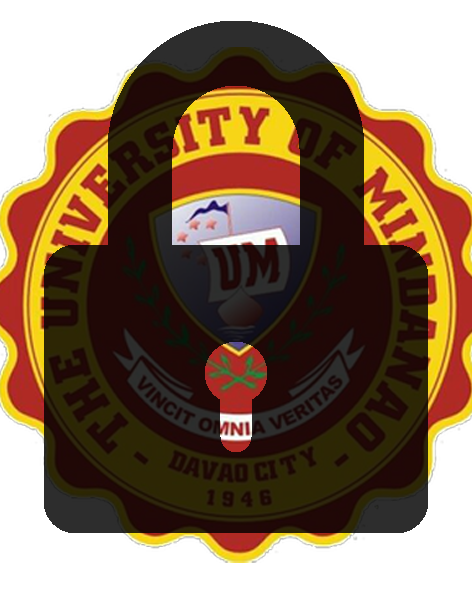Antibacterial face mask filter utilizing ginger/PVA electrospun microfibers

View/
Date
2022-12Author
Abayon, Mary Grace
Cagollodo, Victoria Mae
Iranon, Jasmine Joy
Keywords
Citation Tool
Metadata
Show full item recordAbstract
The public has been taking preventive measures to prevent the spread of COVID-19, one of which is wearing a face mask. These face masks, however, have pores bigger than the virus itself. Thus, this study focused on synthesizing antibacterial face mask filters using Ginger/Polyvinyl Alcohol (PVA) electrospun microfiber. The mask’s breathability, bacterial filtration efficiency, mechanical property, and wettability were also evaluated. Three different solutions were formed with varying concentrations of Ginger extract (10%, 50%, and 100%). The microfibers produced by the electrospinning process were crosslinked before testing. The surface morphology shows that at 10% ginger/PVA microfibers, the average diameter is 2.947±0.392 μm. The average number of bacterial colonies for 10%, 50%, and 100% Ginger/PVA were 0.000±0.000, 1.000±0.1010, and 4.333±3.055, respectively. Furthermore, water contact angle analysis showed that 10% Ginger/PVA microfibers have a greater contact angle (60.236±8.609o) than 100% Ginger/PVA microfibers (40.222±4.829o). Nonetheless, all concentrations showcased hydrophilic behavior. Moreover, mechanical test results imply that annealing treatment increases the microfibers' strength and elongation (19.645 mm, 23.500 mm, 32.110 mm > 13.704 mm, 14.947 mm, 29.095 mm). The breathability test revealed that pure PVA microfibers have lower porosity due to decreasing pore size and spaces between fibers (41.270% < 32.201%). The antimicrobial activity (10.127±0.585 mm, 10.343±0.691 mm, 10.817±0.513 mm) and bacterial filtration efficiency (99.167%, 99.808%, 100%) increase as the concentration of the Ginger/PVA solution increases, making produced microfiber a potential antibacterial face mask filter.
Collections
- Undergraduate Theses [639]
Publisher
College of Engineering Education
